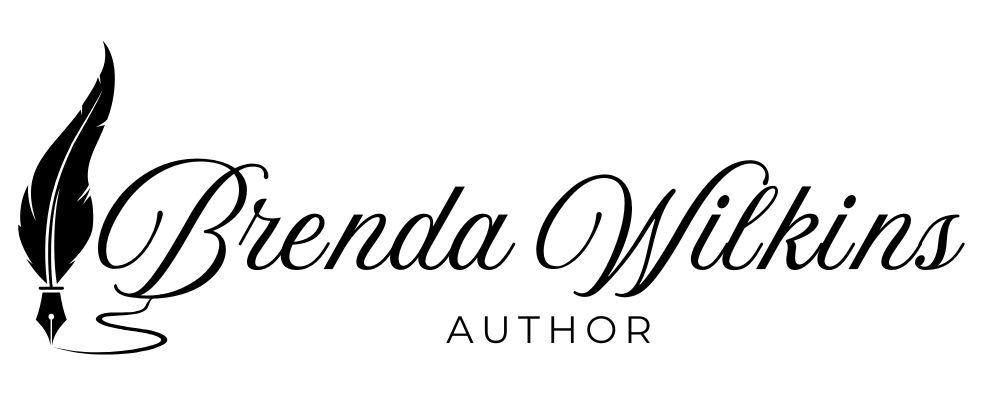When I first watched The Net, in 1995, starring Sandra Bullock, it instantly became my favorite movie. It was impossible not to love a film about a reclusive, work-from-home computer analyst who found herself caught in the middle of a conspiracy that stole her identity and threatened both her freedom and her life.
I was hooked.
The idea of someone living in such isolation in a bustling city was almost comical. I couldn’t imagine someone not leaving their house for days, weeks, or months—not even to check the mailbox. At the time, I didn’t realize how many things could be done online, eliminating the need to leave home to live one’s life.
I’ve watched this movie dozens of times and never grown tired of it. This was science fiction at its scariest and most imaginative. This could never happen in real life—or so I thought.
A few years later, in 1998 and amid very little fanfare, The United States passed the Identity Theft and Assumption Deterrence Act, officially recognizing identity theft as a federal crime. I now wonder if anyone was even aware that this legislation was in the works, or even that it had been enacted.
Fast forward to the early 2000s: major data breaches and phishing scams—virtually unheard of in 1995—suddenly pushed identity theft into the spotlight. The term quickly became part of our media landscape and public conversations.
According to the screenwriters John Brancato and Michael Ferris, the original idea for The Net wasn’t rooted in cyber-security or internet conspiracy, it was about the very human concept of identity and what it means to lose it. The backdrop of internet fears and emerging technology provided the perfect contemporary tie-in.
With this in mind, writers have a remarkable opportunity to shape the future—not just by imagining flying cars or robotic assistants, but by blending present-day trends, fleeting fads, and technological innovation with honest, human emotions. In doing so, they hold up a mirror to society and frame tomorrow’s challenges through today’s quiet shifts in behavior, connectivity, and trust.
By utilizing this approach—injecting technology or any controversial social trend with universal aspects of the human condition—we can ensure that our writing will stand the test of time, making the transition from timeliness to timelessness, and allowing our stories to live far beyond the moment.
What’s your favorite “timeless” movie or book?
I’d love to hear from you.
Feel free to reply with your thoughts.
